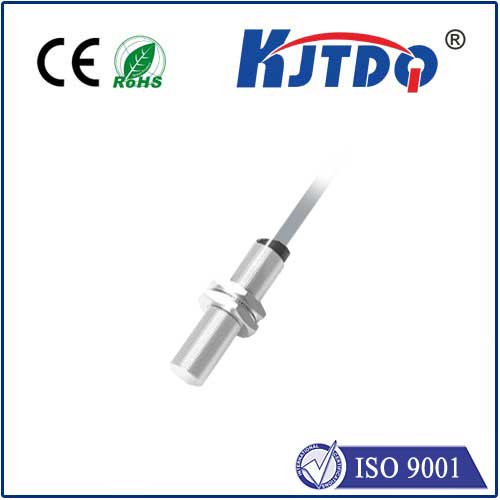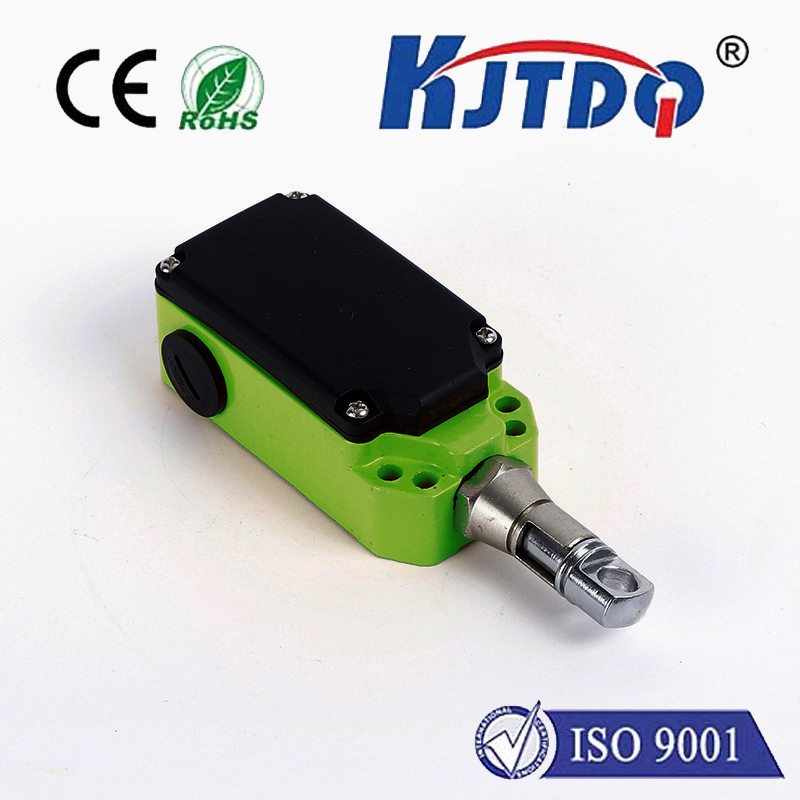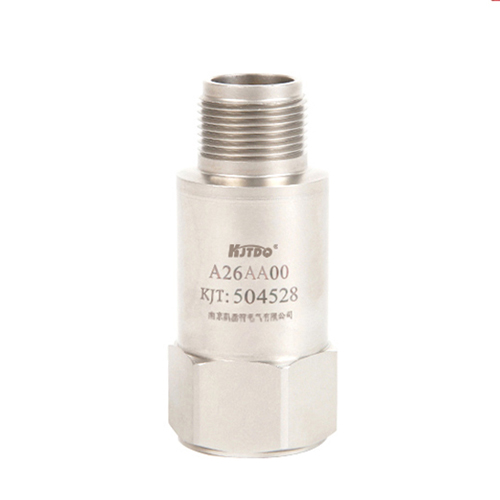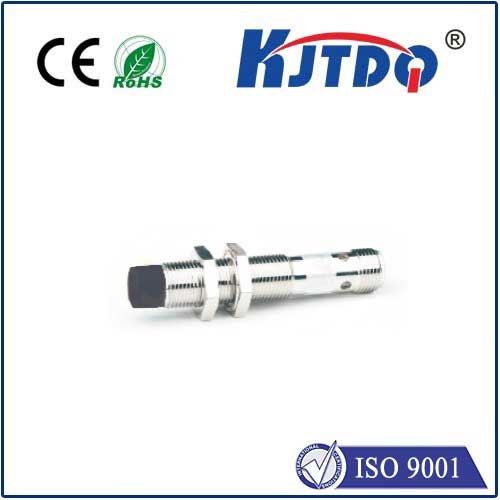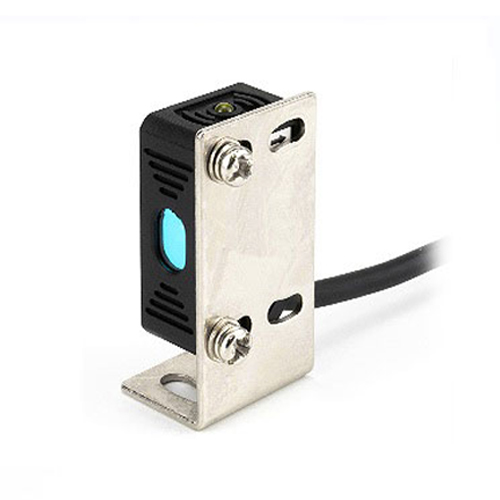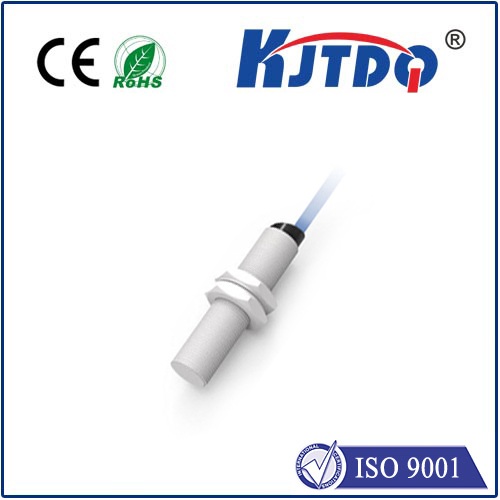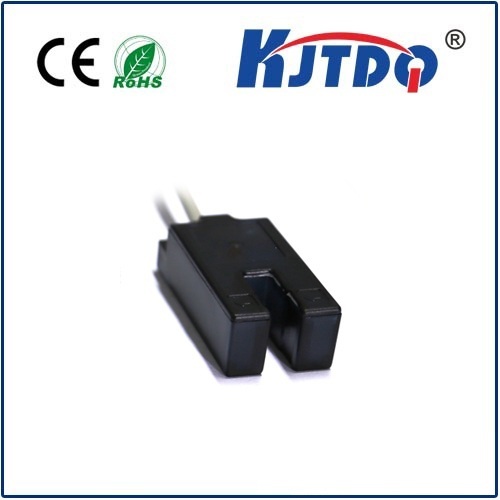magnetic on and off proximity sensor
- time:2025-09-08 02:20:50
- Click:0
Unlocking Reliability: The Essential Guide to Magnetic On and Off Proximity Sensors
Ever need to know precisely if a door is securely closed without physically checking? Or require an automated system to react instantly when a machine guard is opened? This is where the simplicity and unwavering reliability of magnetic proximity sensors shine. Specifically designed to detect the presence or absence of a magnetic field, these ingenious devices provide a fundamental “on/off” signal that’s crucial for countless safety, security, and automation tasks. Understanding how they work and where they excel is key to unlocking robust and dependable sensing solutions.
Demystifying the Magnetic On/Off Proximity Sensor
At its core, a magnetic on/off proximity sensor is a non-contact switch. It doesn’t physically touch the object it’s detecting. Instead, it responds solely to the presence or absence of a magnetic field, typically generated by a separate permanent magnet, often called the actuator magnet. The core technology usually involves a magnetic reed switch.
- The Reed Switch Principle: Inside the sensor housing, you’ll find two thin, ferromagnetic metal reeds (usually nickel-iron) sealed within a small glass tube filled with inert gas. These reeds act as electrical contacts. When a sufficiently strong magnetic field from the actuator magnet approaches, it magnetizes the reeds. The resulting magnetic attraction pulls them together, physically touching and closing an electrical circuit – the sensor signals “ON”.
- The “Off” State: When the actuator magnet moves away beyond a specific distance (the sensor’s switching point), the magnetic field strength drops below the threshold needed to hold the reeds together. Their natural springiness causes them to separate, opening the circuit – the sensor signals “OFF”.
This binary operation – magnet present = circuit closed (ON), magnet absent = circuit open (OFF) – defines the “on/off” nature of this sensor type. It doesn’t measure distance; it simply detects if the magnet is near enough or not.
Why Choose Magnetic On/Off Proximity Sensors? Key Advantages

Their fundamental design translates into several compelling advantage that make them ideal for specific applications:
- True Non-Contact Operation: The sensor and the actuator magnet never touch. There’s no wear and tear from mechanical switching, leading to exceptionally long lifespans, often millions of switching cycles.
- Hermetic Sealing: The reed switch is sealed inside glass within an inert atmosphere. This makes the sensor intrinsically sealed against dust, dirt, water, and corrosion. They perform reliably in harsh environments where optical or mechanical switches would fail (like outdoors, washdown areas, or dusty industrial floors).
- Intrinsic Safety: The reed switch requires minimal electrical power to operate and generates no significant heat or sparks internally. This makes many magnetic proximity sensors intrinsically suitable for use in hazardous or explosive atmospheres.
- Simple Installation & Operation: Installation is generally straightforward: mount the sensor securely, mount the actuator magnet on the moving part (e.g., door, guard, piston), and ensure alignment within the specified switching distance. Wiring is also simple, typically involving just two connections (power and output signal).
- Low Power Consumption: The reed switch itself consumes almost no power to operate. The power drawn is primarily for the electronic components (if any) providing the output signal. This makes them ideal for battery-powered devices.
- Fast Response Time: The physical movement of the reeds is incredibly swift, allowing for rapid detection and switching at speeds far exceeding many other mechanical switch types.
- Cost-Effectiveness: For basic presence/absence detection where their strengths apply, magnetic proximity switches offer a very reliable and economical solution.
Where Are Magnetic On/Off Proximity Sensors Used?
Their unique blend of robustness, simplicity, and reliability makes them ubiquitous across numerous sectors:
- Machine Safety: Undoubtedly a critical application. Used in safety interlocks on machine guards, doors, and access hatches. If the guard door opens, the magnet moves away from the sensor, cutting power instantly and preventing machine operation. They are a cornerstone of safety systems (e.g., SIL-rated devices).
- Position Sensing: Detecting the end position of cylinders (piston rod retracted/extended), verifying if a valve is open or shut, confirming if a drawer or tray is fully inserted.
- Door and Window Monitoring: Widely used in security alarm systems to detect if doors or windows are opened (magnetically sealed contacts).
- Liquid Level Detection: Using float mechanisms with embedded magnets, these sensors detect when a float (and thus the liquid) reaches a specific high or low point (e.g., in tanks, pumps, appliances like coffee makers).
- Automotive: Detecting hood/trunk/door open/closed status, checking brake pedal position, sensing seat belt buckle status.
- Consumer and Industrial Appliances: Detecting lids on washing machines, verifying filter placement in water purifiers, position sensing in printers/copiers.
- Material Handling: Confirming the presence of pallets, carts, or gates in position.
Important Considerations When Using Magnetic Sensors
While powerful, they have limitations to be aware of:
- Requires a Magnet: Unlike capacitive or inductive sensors that detect the target object itself, a magnetic proximity sensor must have an actuator magnet attached to the target. This adds a component to manage.
- Limited Sensing Range: The operating distance (switching point) is typically relatively short, ranging from a few millimeters to a few centimeters at most, depending on the magnet strength and sensor sensitivity. Careful alignment within this range is crucial.
- Susceptibility to External Magnetic Fields: Strong external magnets or electromagnetic fields near the sensor can cause false triggering or prevent the switch from operating correctly. Consider the operating environment.
- Mechanical Shock Sensitivity: While robust against environmental factors, severe physical shock or vibration can potentially damage the delicate glass-enclosed reed switch.
- Output Signal: Primarily provide a simple binary (on/off) signal. Cannot provide analog distance information or detect non-magnetic materials.
Selecting the Right Sensor: Key Factors
Choosing the optimal magnetic on/off proximity sensor involves considering:
- Switching Distance: Select a sensor whose specified switching point matches the required gap between sensor and magnet at the detection position.
- Housing Material & Protection Rating (IP/NEMA): Choose plastic or stainless steel based on chemical exposure, temperature, and required ingress protection (e.g., IP67 for high dust/water resistance).
- Electrical Requirements: Voltage (DC or AC?), load current capability of the output contacts, output type (e.g., Normally Open (NO), Normally Closed (NC), or changeover).
Building Robust Systems with Binary Certainty
The magnetic on/off proximity sensor remains a vital component in the automation and safety toolkit. Its fundamental principle is beautifully simple – detecting the proximity of a magnet to open or close a circuit. This translates into exceptional reliability, ruggedness in challenging environments, and ease of use that few other technologies can match for basic presence detection. When your application demands a clear “yes” or “no” answer about the position of a component – especially in safety-critical scenarios or harsh conditions – this unassuming sensor provides the robust and dependable binary certainty that keeps systems safe and processes running smoothly. Understanding its strengths and proper implementation ensures you leverage this simplicity for maximum system integrity.






